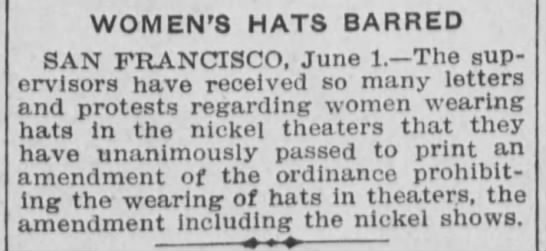The specifics may change over the years, but some frustrations still transcend time and space. So long, hats! Women’s hats barred from nickel theaters Thu,
Author: Taraya Galloway
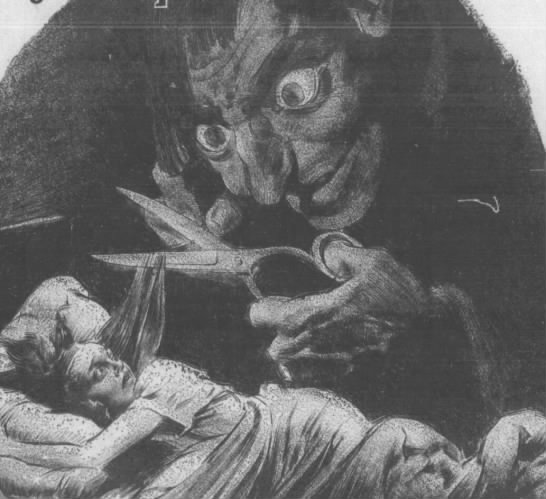
One of U.S. history’s strangest crimes was a streak of sneaky haircuts that took place in 1942 Mississippi. The Pascagoula criminal was nicknamed “The Phantom

Hats off to this everyday hero who, in 1910, rescues a child with her quick action. Heroine rescues endangered child Thu, Jun 2, 1910 –
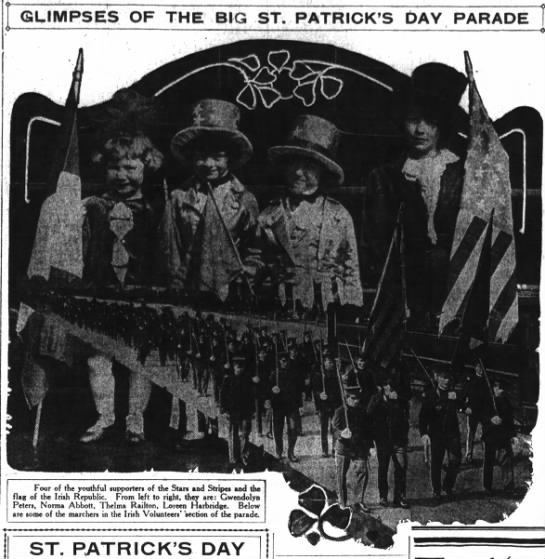
A quick look at St. Patrick’s Day from over a century ago, complete with parades, patriotic flags, and some excellent hats. : St Patrick’s Day

Welcome one and all to March 14th, the day that has become a celebration of mathematics and dessert known as “Pi Day”: March 14 is
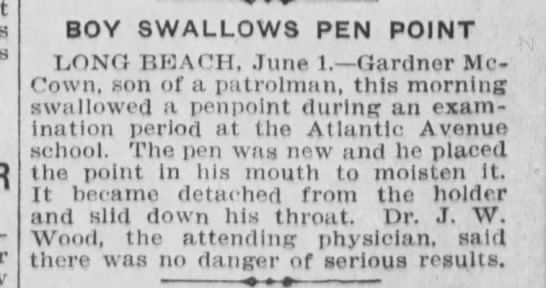
This quick summary of a “pen point” incident was found in a 1910 Los Angeles Herald. Wonder if he got out of taking the exam?
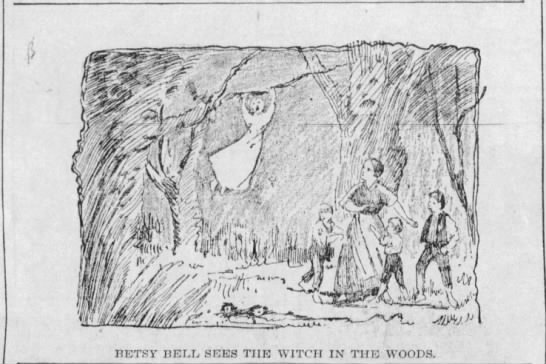
In the early 1800s, the family of one John Bell was much disturbed by an entity that would later be called the “Bell Witch.” Bell
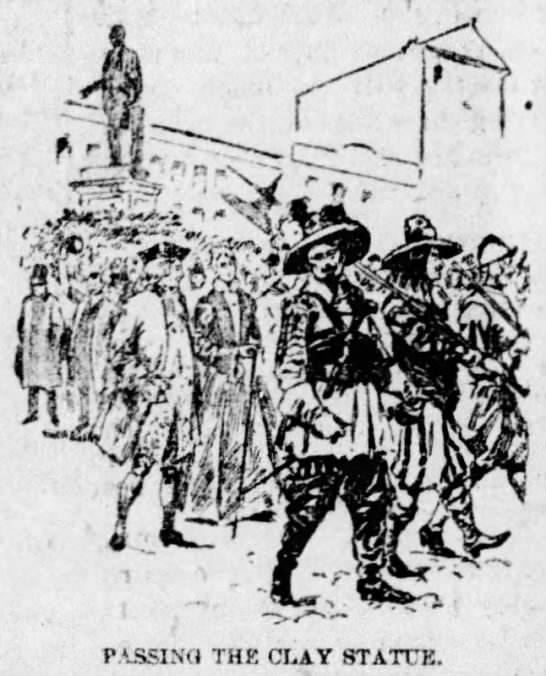
It’s a bit of a read, but this article on Mardi Gras from 1894 gives a wonderful sense of the way traditions connect us through
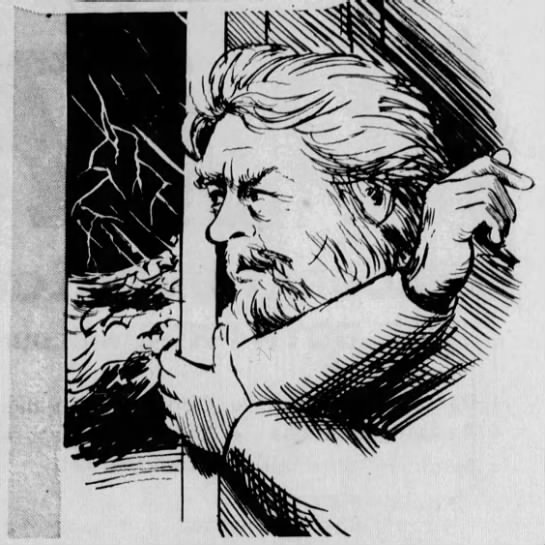
In December 1900, something very unusual happened on one of the desolate Scottish islands that make up the Flannan Isles. All three men manning the

Here’s a little love joke to wrap up the month of all things lovey-dovey: Love at first sight joke Wed, Mar 7, 1923 – 3


